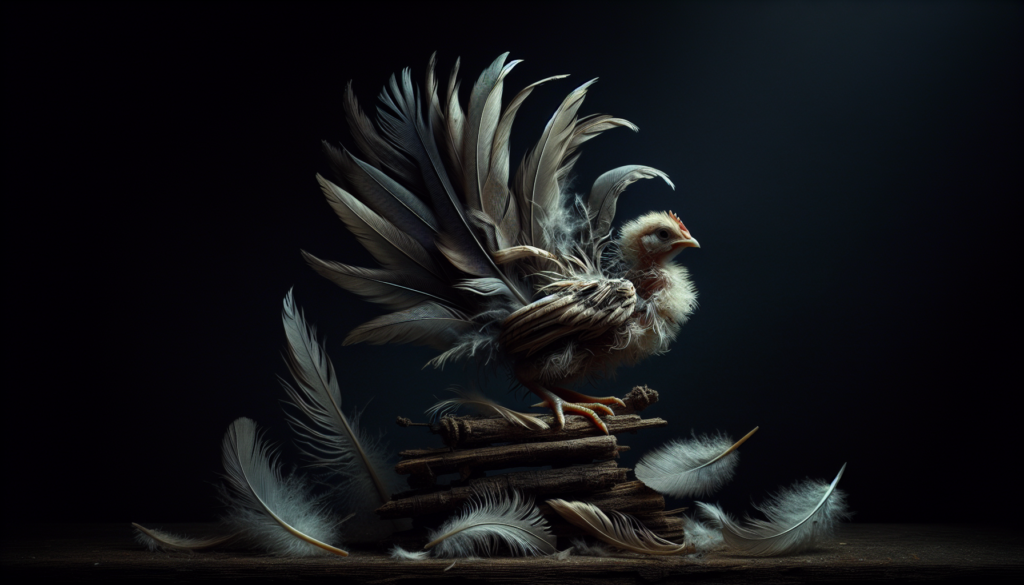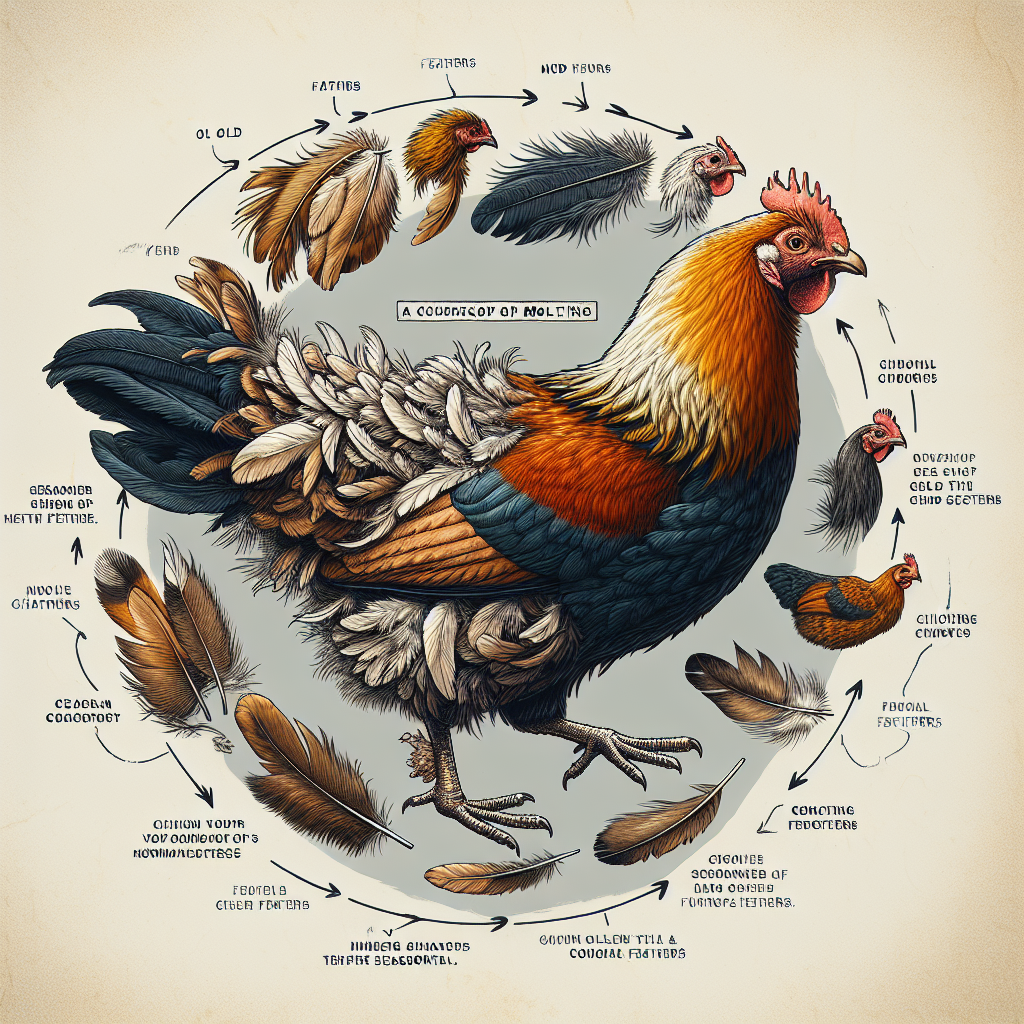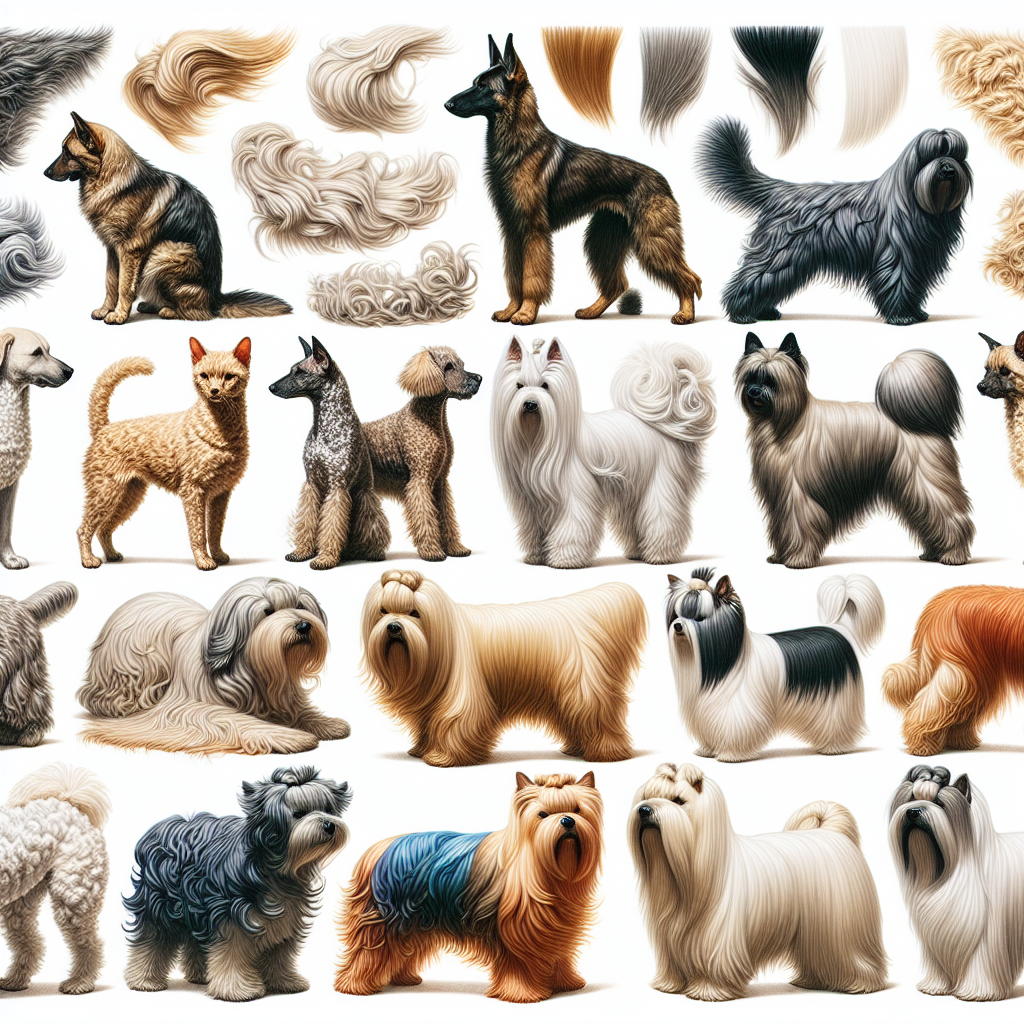Have you noticed a decline in the number of eggs your chickens are laying? Don’t worry, it’s a common phenomenon called molting. During this natural process, chickens shed and regrow their feathers, diverting their energy away from egg production. But why does this happen and how long does it last? In this article, we’ll explore the reasons behind the decrease in egg production during molting and provide some tips to support your chickens through this phase. So, if you’re puzzled by the drop in eggs, read on to discover the secrets of your chickens’ molting period.
Factors Affecting Egg Production
Normal Egg Laying Cycle
The egg laying cycle of a chicken is influenced by various factors. Typically, a hen begins laying eggs at around 5 to 6 months of age and continues until she reaches about 2 to 3 years old. During this time, she will experience periodic molting, which is a natural process of feather replacement.
Molting Process
Molting is the shedding and regrowth of feathers in chickens. It is a normal physiological process that occurs annually. During molting, hens redirect their energy and nutrients towards feather regrowth, temporarily suspending egg production. This process usually lasts for several weeks, during which time the chicken’s body undergoes significant physical and hormonal changes.
Impact of Molting on Egg Production
Due to the energy and nutrients required for feather regrowth, molting has a significant impact on egg production. During this period, the chicken’s reproductive system goes through a temporary shutdown, causing a decrease or cessation in egg laying. It is important to note that molting is a vital part of a chicken’s life cycle, allowing them to replace old and worn-out feathers, leading to healthier plumage.
Effects of Molting on Chicken Health
Physical Stress and Nutritional Requirements
Molting can be physically stressful for chickens. The process of feather shedding and regrowth places a high demand on their bodies, necessitating increased nutritional requirements. During this time, chickens may become prone to malnutrition if they do not receive an adequate diet to support feather regrowth and overall health.
Immune System Suppression
The molting process can temporarily suppress a chicken’s immune system, leaving them vulnerable to various infections and diseases. Their body’s focus on feather regrowth diverts resources away from immune function, making them more susceptible to bacterial, viral, and parasitic challenges.
Changes in Egg Quality
When a chicken goes through molting, the quality of their eggs may also be affected. Eggs laid during or immediately after molting often have a thinner shell, reduced size, and altered internal characteristics. This is because the resources that would typically be allocated to egg production are redirected towards feather regrowth, resulting in changes to the composition of the egg.
Nutritional Factors During Molting
Dietary Requirements for Feather Regrowth
Feather regrowth during molting requires a well-balanced and nutrient-rich diet. High protein content is essential to support the growth of new feathers. An increase in essential amino acids, such as methionine and cysteine, is also necessary for proper feather development.
Protein and Amino Acid Intake
Protein plays a crucial role in feather regrowth. Diets for molting chickens should contain a higher percentage of protein compared to normal laying diets. Additionally, amino acids like methionine and cysteine, which are important building blocks for feathers, should be provided in adequate amounts.
Mineral and Vitamin Supplementation
During molting, chickens may benefit from increased mineral and vitamin supplementation. Calcium is particularly important for maintaining strong eggshells, while vitamins such as vitamin A, vitamin D, and vitamin E support overall health and feather quality.
Management Practices
Lighting and Day Length
Lighting and day length play a significant role in managing molting in chickens. By manipulating the lighting conditions, such as increasing the hours of darkness, it is possible to control the onset and duration of molting. Longer periods of darkness can help induce molting while ensuring adequate rest and recovery for the hens.
Temperature and Molting
Maintaining appropriate temperatures during molting is crucial for the well-being of the chickens. Extreme heat or cold can be detrimental to feather regrowth and overall health. Providing a comfortable and controlled environment can help alleviate stress and support successful molting.
Handling and Encouraging Feather Regrowth
During molting, chickens may feel more sensitive and vulnerable. Care should be taken when handling them, ensuring gentle and non-invasive practices. Additionally, providing a dust bath area for chickens can help maintain cleanliness and stimulate feather growth.
Stress Factors
Environmental Stressors
Environmental stressors such as excessive noise, improper ventilation, overcrowding, or abrupt changes in the environment can have a negative impact on molting. Stress can further disrupt the chicken’s hormonal balance and delay or impede the molting process.
Social Stressors
Social stressors, including aggression from other chickens or changes in flock dynamics, can also affect molting. Chickens experiencing social stress may redirect their energy towards defense mechanisms rather than feather regrowth and egg production.
Predator Threats
The presence of predators or perceived threats can induce stress in chickens, inhibiting proper molting and egg production. A safe and secure environment, free from potential threats, is essential to minimize stress during the molting period.
Molting Patterns
Partial Molting vs. Full Molting
Partial molting refers to the shedding and regrowth of some feathers, while other feathers remain intact. Full molting, on the other hand, involves the replacement of all feathers. The type and intensity of molting can vary among individual chickens and may impact the rate and duration of the molting process.
Frequency and Duration of Molting
Generally, chickens experience molting once a year. However, the frequency and duration can vary depending on factors such as breed, age, environmental conditions, and overall health. Some chickens may undergo abbreviated molting cycles, while others may have extended periods of molting.
Age and Breed Differences
Effect of Age on Molting
Age can influence the molting pattern and process in chickens. Younger chickens may undergo their first molt earlier than older ones, while older chickens may experience more intense and prolonged molting. Each chicken’s molting experience can also be influenced by its genetic predisposition and overall health.
Breed Variations in Molting
Different chicken breeds exhibit variations in their molting patterns and characteristics. Some breeds may molt more heavily than others, requiring additional care and management during the molting period. It is important to understand the specific needs and tendencies of each breed to ensure optimal feather regrowth and egg production.
Disease and Parasite Infestations
Feather Mites and Lice
Feather mites and lice can infest chickens during molting, causing discomfort and impairing feather regrowth. Regular monitoring and appropriate treatment can help prevent infestations and promote healthy feather development.
Infectious Diseases
Molting chickens may be more susceptible to infectious diseases due to immune system suppression. Pathogens such as viruses and bacteria can easily affect vulnerable birds. Implementing proper biosecurity measures and vaccination protocols is crucial to prevent disease outbreaks.
Internal Parasites
Internal parasites, such as worms, can further compromise a chicken’s health during molting. These parasites can deprive the birds of essential nutrients and impede feather regrowth. Regular deworming and parasite control programs are necessary to maintain the well-being and productivity of molting chickens.
Role of Lighting
Effect of Decreased Light Intensity
Reducing light intensity or providing shorter periods of light during molting can help simulate natural conditions and trigger the onset of molting. The reduced light stimulates hormonal changes, signaling the chicken’s body to allocate resources towards feather regrowth rather than egg production.
Hormonal Regulation of Egg Production
Light plays a crucial role in regulating a chicken’s reproductive hormones. By manipulating lighting conditions, it is possible to manage and control egg production. During molting, altering the lighting schedule can help synchronize feather regrowth and minimize the impact on egg laying abilities.
Monitoring and Evaluating Egg Production
Record-Keeping
Maintaining detailed records of egg production and molting patterns is essential for effective flock management. Regularly documenting the number of eggs produced, the duration of molting, and any changes in health or behavior provides valuable insights for future planning and assessment.
Evaluating the Impact of Molting
During the molting period, closely monitoring the impact on egg production and overall flock health is crucial. Assessing the rate of feather regrowth, changes in egg quality, and the overall well-being of the chickens helps identify any deficiencies or issues that may require intervention.
Consulting a Veterinarian
If you observe any concerning or abnormal changes in your chickens’ egg production during molting, it is advisable to consult a veterinarian. A professional can provide guidance on nutritional requirements, disease prevention, and specific management practices to ensure the health and productivity of your flock.
In conclusion, molting is a natural process in chickens that affects their egg production. Understanding the factors influencing molting and implementing appropriate management practices can help mitigate the impact on egg production and promote overall flock health. By providing proper nutrition, managing stress factors, and monitoring the chickens’ health, you can support successful molting and ensure a productive and thriving flock.




